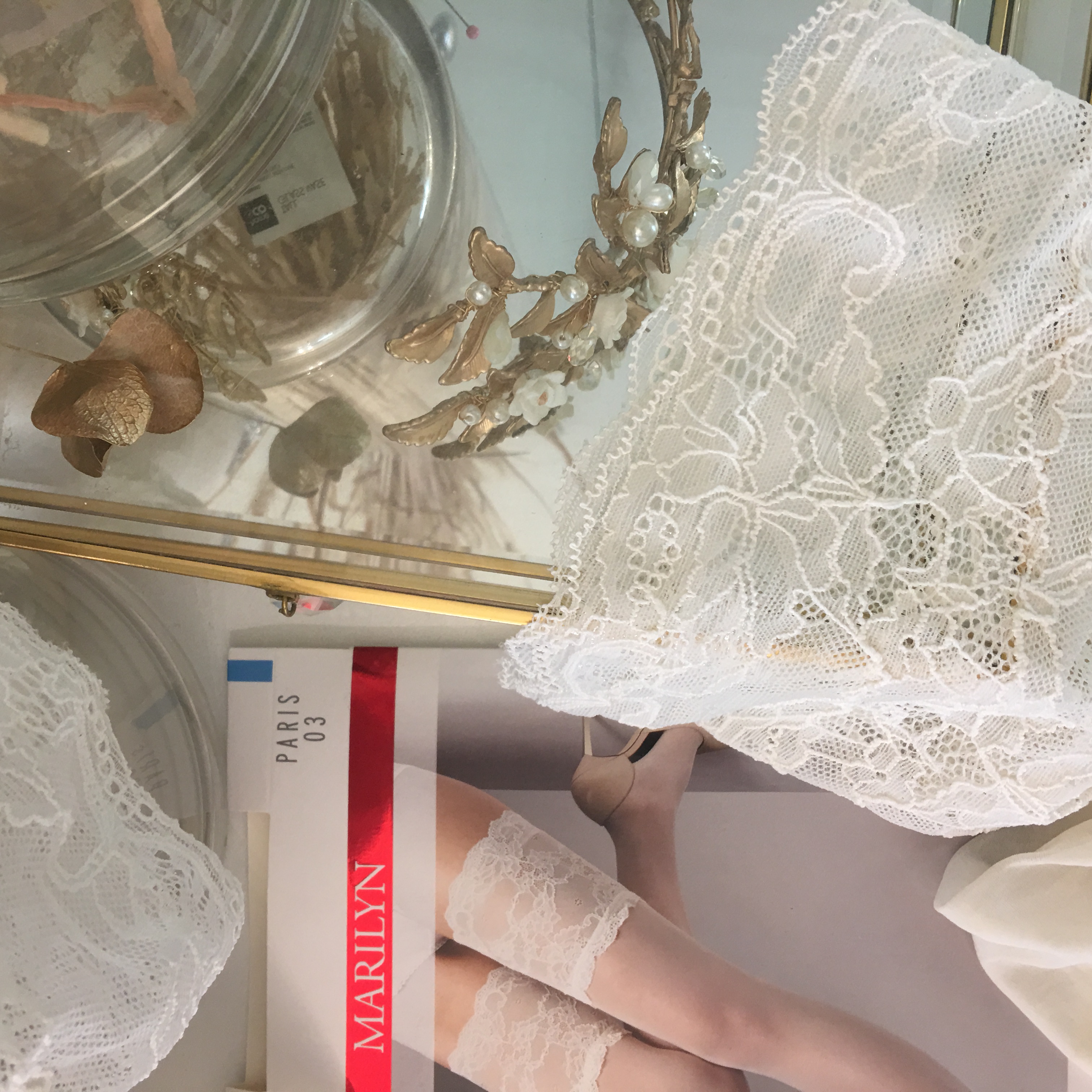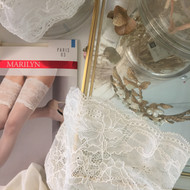History of French lace
Posted by Dream Hosiery on 27th Feb 2020

Today, lace is an inherent instrument of fashion for every beautiful woman. But not everyone knows that information about lace comes to us from ancient times.
The Bible speaks of light and transparent, lavishly embroidered fabrics that adorned the clothes of priests and the interiors of temples. On some Egyptian mummies there is clothing decorated with a mesh border with embroidered ornaments on it.
Mesh weaving and decorating them with embroideries, have been engaged since ancient time. But it was only at the end of the 15th century when amazing lace artworks appeared, which became a desired object of possession for the rich and influential people of that time.
Many historians reject the possibility of such fabrics begging in the East, for the reason that so elegant, graceful lace art could only be developed during the artistic, cheerful and romantic times of Renaissance.
In the Middle Ages, embroidery (the forerunner of lace) was a favorite hobby for women in many parts of the world, as evidenced by the numerous embroideries that became museum exhibits. So, there is no consensus on the country as an origin of lace.
French lace
Catherine de Medici, wife of the French king Henry II in the middle of the 16th century, writes out from Italy a certain Fideric Vinciolo, who in 1587 published a detailed collection of lace patterns existing at that time.
In France, the love for lace developed so much that rich nobles, writing out lace from Italy and Flanders, where they reached the level of a work of art, spent a lot of money on them.
Lace was used to decorate women's and men's dresses, furniture, especially beds. Lace was trimmed with boots, and even the inside of the carriages. The French government could not remain calm, observing a significant outflow of money abroad, which was caused by the passion of its citizens to wear expensive foreign lace.
At the end of the 17th century, Minister Colbert, a faithful devotee of the King of the Sun, founded Royal Manufactures with the goal of spreading lace production within France. 30 craftswomen were hired from Venice, and 200 from Flanders. However, the Venetian Republic pursued them for uncovering secrets of lace crafting to foreigners, so they were forced to return to their homeland, but they had already tough the French women. The success of the enterprise exceeded its all expectations. French craftswomen with their naturally classy attitude added a unique French chic and aristocracy to the technique of lace crafting.
Embroidered in Alason town Worlds famous “point a l’aiguille” lace remained unsurpassed in its beauty and uniqueness.
France became famous for its unique lace crafting techniques featuring transparent thin mesh base which was woven together with the lace pattern so lace had no relief and became the most comfortable to wear.
Designs for French lace were made by famous French artists such Jean Bérén, Francois Bonémet de Fales, Louis Boulogne and, later, Francois Boucher.
Wearing garments decorated with French lace, such as clothing and hosiery pieces, modern women connect with the history of Art.
With love DH

